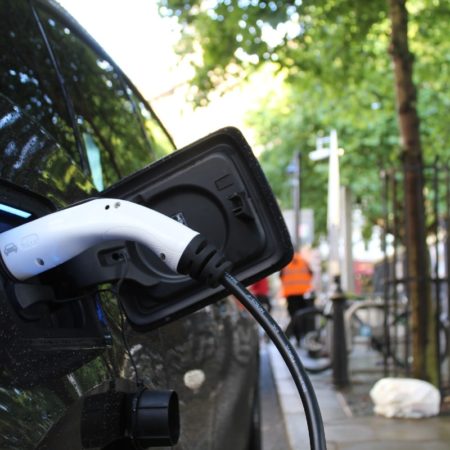A recent White Paper from the Zero Carbon Commission made the case for the simplification of carbon pricing in the UK. The headline recommendation of the White Paper was that we should aim for a minimum of £75/tCO2 by 2030, with a clearly set-out price trajectory to get us there. This will both help to fund the economic recovery and support our net zero goals.
However, it is vital that carbon pricing does not make our industry less competitive, not just because of the economy but because it risks undermining our net-zero goals. If consumers respond to higher pricing by buying goods from elsewhere, our efforts to reduce our own emissions won’t have any effect in practice on global emissions. The bad news is that no country has yet found a solution to the challenge of how we introduce a substantial carbon price across all sectors while still keeping its industry competitive. What does the White Paper propose?
Give industry more time
While the proposed new carbon charging system can be introduced to most sectors of the economy as early as next year, the White Paper proposes making an exception for certain sectors where the adjustment will prove more difficult or complex. These include domestic heating, agriculture and industry.
Seek favourable border arrangements
The White Paper recommends that the new carbon pricing system should not be introduced to the industrial or agricultural sectors “until border arrangements are in place”. Ideally this would be a multilateral border carbon adjustment (BCA) system, also known as a Carbon Border Adjustment Mechanism (CBAM). This works by either placing a tax on imports equal to the carbon price levied on the same product domestically, or by providing a credit on exports equal to that carbon price. The key point is that countries which impose a carbon price (which is effectively a domestic tax) aren’t operating at a disadvantage against countries that don’t.
For the World Trade Organisation to accept a BCA/CBAM as legal, it can’t impose an extra burden on foreign products; the point is to create a level playing field, so the import tax or export credit must exactly match the internal carbon price it’s compensating for. The White Paper suggests using the mechanism of a “price floor”, a minimum carbon price that countries agree to implement domestically. The BCA would then only kick in if a country’s pricing fell short of this.
The EU has been looking into and consulting on policy options for its own CBAM for some time now. The White Paper suggests that the UK, as host for the COP 26 global climate conference next year, could position itself as a leader on this issue.
Provide clarity and certainty
Because getting to net zero as a nation involves so many different decisions from so many different parties, the White Paper says that it is crucial for government to create the kind of certainty that will encourage lower-carbon choices. This means making it clear how carbon pricing will increase through to 2030 and committing to long-term investment mechanisms to support industry transition.
For example, the government’s main mechanism for supporting low-carbon electricity generation is the Contracts for Difference (CfD) scheme. This protects private investors in generation projects by guaranteeing them a minimum price for their power. The White Paper suggests that a similar mechanism could be used to encourage investment in low-carbon technologies such as carbon capture and storage. This would help energy-intensive industry explore greener ways of working without the need for government to finance innovation directly.
Our current way of helping energy-intensive industries stay competitive is to exempt them from many of our carbon charges (such as renewables obligations). Obviously this provides little incentive for industry to decarbonise, but many other countries are operating similar workarounds because they haven’t found a better solution. It is clear that protecting UK industry’s competitiveness while also working towards our net zero target is a serious challenge. If we can come up with a model that works, the rest of the world will be watching with interest.























